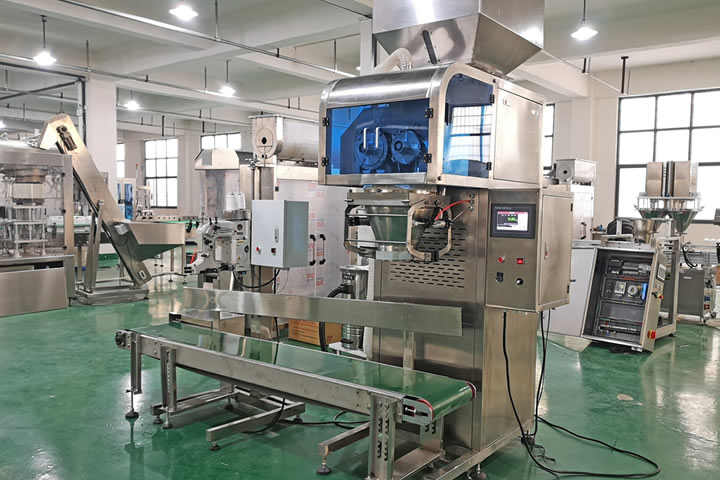The sea breeze at the port of Rio de Janeiro is carrying a salty and humid atmosphere, and port operator Carlos is directing the lifting of containers with the "ply-pack factory" logo. Inside the box, the metal shells of five smart packaging machines glow coldly under the tropical sun, and the Portuguese operating interface on the control panel is clearly visible-this is the third additional order from Isabella, the purchasing director of Grupo Alimentos, a food company in Sao Paulo, and what led to this cooperation was the factory's consistent packaging machine price advantage and delivery guarantee.

"In the first quarter of 2023, the monthly increase in the packaging machine quotations we received was as high as 18%." Isabella showed comparative data in a video conference. At that time, the Brazilian real fluctuated violently, and local agents raised equipment prices one after another. However, the factory relied on dynamic procurement strategies to stabilize the price of packaging machines at the level at the beginning of the year. Behind this is the global price comparison system that rotates 24 hours a day in the procurement hall of Ningbo headquarters. When the price of steel in South America rises, the system has locked in alternative suppliers in Eastern Europe, and digested the cost increase in the supply chain through sea-rail transport.
Walking into the factory's intelligent assembly workshop, technician Li Wei is debugging the edge computing module of the seventh-generation packaging machine. "This fingernail-sized chip reduces the energy consumption of the equipment by 18%, which is equivalent to saving customers 42,000 reais in electricity bills each year." He explained while tapping the control cabinet. It is this continuous technological innovation that makes the numbers on the packaging machine price list always attractive. Engineers at Grupo Alimentos found that although the equipment purchase price was 12% lower than that of local peers, the packaging efficiency of 45 bags per minute was increased by 30%.
In the bonded warehouse of San Antonio, Chile, the core components of the packaging machine to be shipped to South America occupy shelf No. 3. Supply chain manager Wang Tao pointed to the real-time updated inventory board and said: "By pre-placing 60% of the common modules in the South American warehouse, we have shortened the delivery cycle from 45 days to 18 days." This "semi-finished product storage + localized assembly" model not only reduces the proportion of logistics costs in the price of packaging machines, but also allows customers to obtain personalized customization services. Isabella particularly appreciated the moisture-proof module added to the Brazilian version of the equipment: "This flexibility requires a 20% premium from other suppliers, while the factory's packaging machine prices remain transparent." When the case of Grupo Alimentos spread in the Latin American food processing industry, the factory's inquiry volume increased by 40% quarter-on-quarter. After visiting the Ningbo factory, a Peruvian fish meal producer exclaimed: "You have made cost control an art." In the workshop, the dust-proof packaging machine customized for South American customers is passing the final test, and its price is still 15% lower than similar European products. This price competitiveness stems from the lean management of the entire chain - from the transmission components directly supplied by the Yangtze River Delta Special Steel Industrial Park to the self-developed intelligent control system, each link is building a moat for the price of packaging machines.
At the twilight of Ningbo Port, the 102nd batch of export equipment is being loaded. In the container, the operating manuals in Portuguese, Arabic, and Swahili are neatly stacked, as if telling the global story of China's smart manufacturing. When Grupo Alimentos' new production line was put into production in Rio, the real-time data on the electronic screen of its packaging workshop was the most convincing: 0.3% failure rate, 18% energy consumption reduction, and always stable packaging machine prices - this may be the most moving international language of Made in China.

